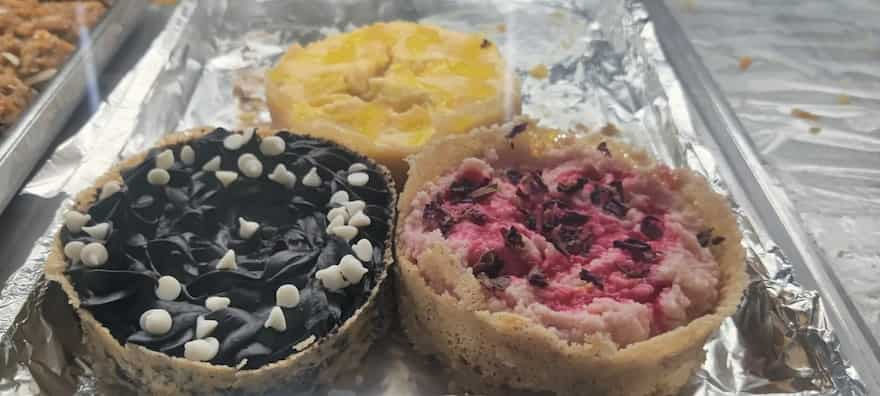Indians begin preparing for all the seasonal events once the monsoon season arrives. As per the Hindu calendar, the holy month of Sawan is noteworthy, particularly for followers of Lord Shiva and Goddess Parvati. Numerous young, single girls observe the sawan somvar vrat in order to find a suitable life partner. The important occasion of Haryali Teej follows, during which largely married women observe fasts for their husbands and have happy married life while unmarried girls enjoy the colours of festivity. But this ancient festival is more than that. It is one of the greatest festivals widely celebrated in North India. The celebration is known as Hariyal Teej because it is held in the monsoon season when the surroundings are lush green. Ladies dress up in new outfits and jewellery on this day and gather for folktales and relish delicacies available during the month. They also decorate their hands with henna and enjoy on swings.
For the traditional land of Rajasthan, festivals are occasions to be enjoyed with great fervour. For some communities, it is important to stick to customs and traditions. So even if they are living outside their home state of Rajasthan, they continue to adhere to these customs. The festival of Teej is observed with much fanfare and gaiety by the womenfolk of the region.

The most important sweet that does rounds in markets and sweet shops is the popular Gherwar. Drenched in ghee and sugar syrup, ghewar is only available during the rainy season aka monsoon or saawan since it requires damp, humid weather to prepare because that will provide the sweet with the correct amount of sponginess. Ghewar is an essential component of the Teej celebration and has historical and cultural significance. However, today you may find variations in the flavour from chocolate ghewar, rose ghewar, butterscotch ghewar, mango ghewar to all the fancy flavours one can imagine.
The mornings begin with customary worship of Lord Shiv and Goddess Parvati followed by fasting. But not all keep fasts, after the pooja, savouries like aloo puri, kheer, pua and many other celebratory foods are prepared. In Rajasthan at every festival the culture of ‘pakki rasoi’ is still followed, meaning there will be a platter of fried foods and no simple dal roti sabzi. That makes every member of the family involved in the festivity affair. On this celebration, swinging 16 times while seated on a jhoola (swing) is also mandatory. Nowadays, you can find elaborately decorated swings at fairs and societies. The custom gained popularity because it made young girls who find fasting challenging rejoice. The fast itself is challenging because food is only consumed after seeing the moon.
What makes Indian festivals so pleasing to the eye are the detailing and aesthetics that these artistic women ensure. From dressing up in lehariya especially green colour to making lip-smacking snacks a day ahead of Teej, which is called Sinjara. A day before Hariyali Teej, food items especially sweets like ghewar, balushahi, shakar paarey and alike along with sixteen makeup (16 shiringar) items, clothes and jewellery are sent from the maternal home of the married woman, it is called Sinjara. It is said that following the tradition of Sinjara, the mother’s send blessings to the daughter to be always fortunate. In order to get a suitable groom, unmarried girls also observe the fast of Hariyali Teej. Suhag and food items are also sent to the daughter-in-law whose marriage is fixed. The tradition of Sinjara is especially followed in Punjab, Haryana and Rajasthan. With time everyone has altered the traditions as per suitability. Having said that, sari is no longer the only traditional garment worn by women on this day but wearing the lehariya dress is still loved by women. Additionally, the food selection has altered to include pizza, pastas, and several international cuisines.


